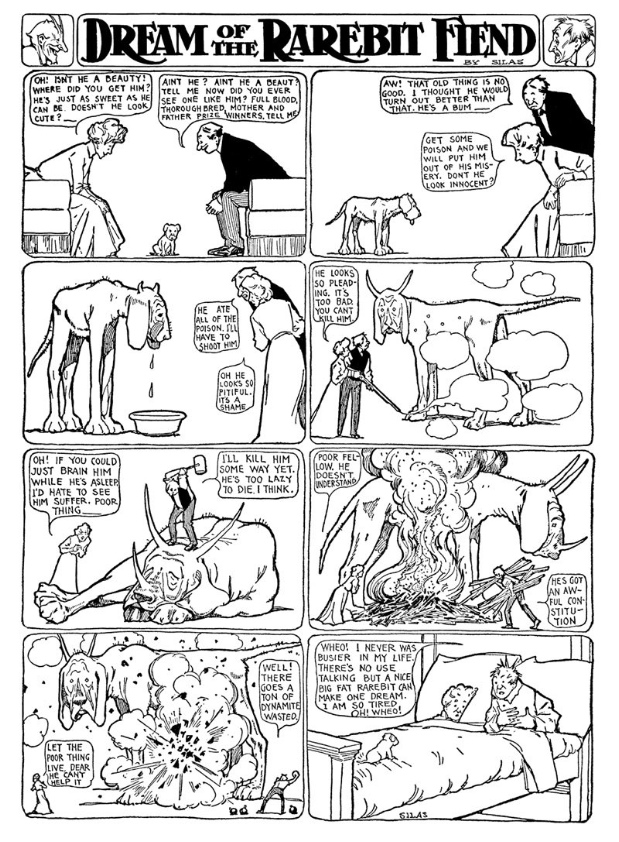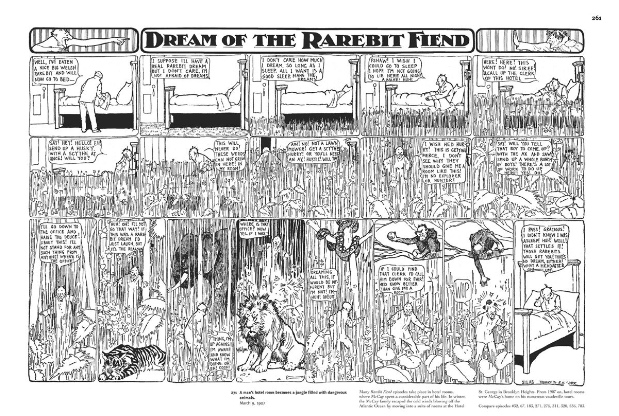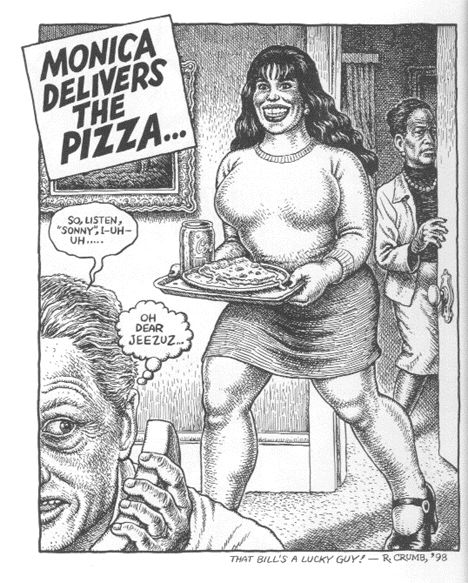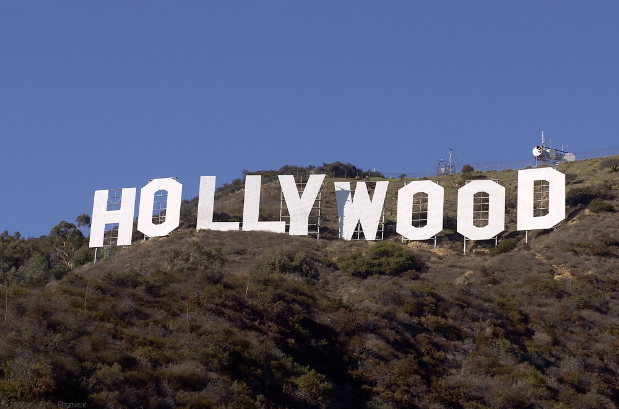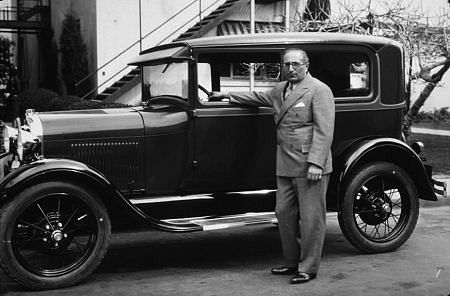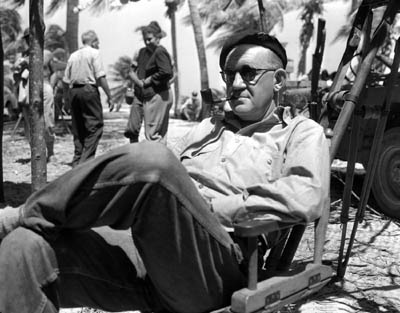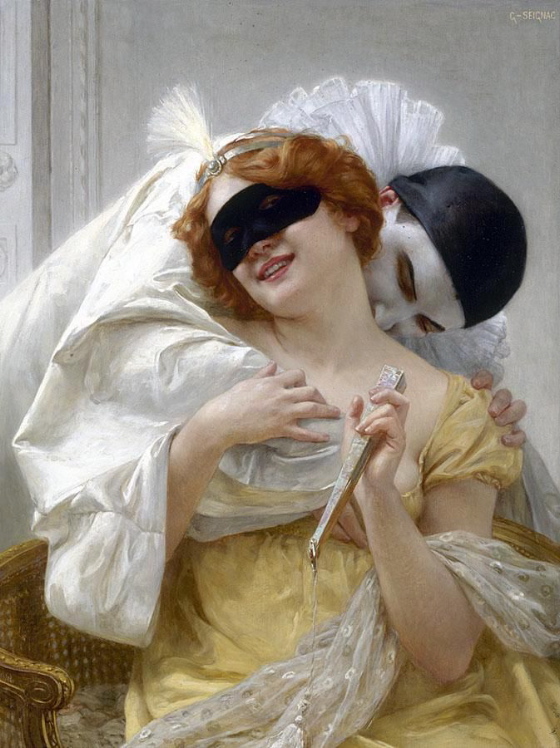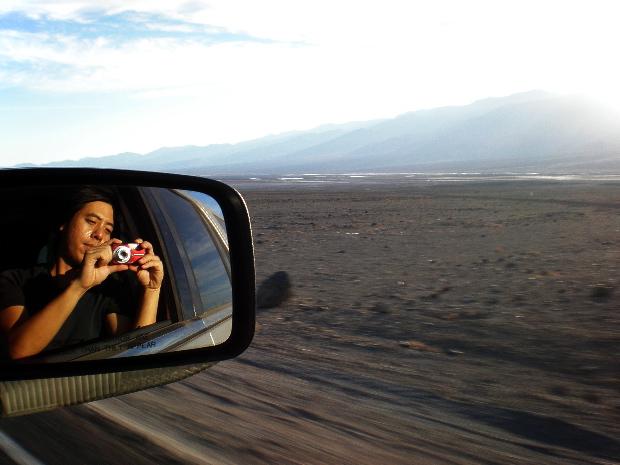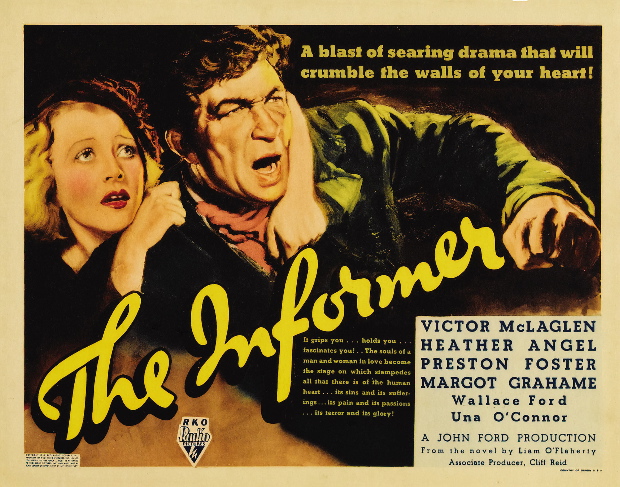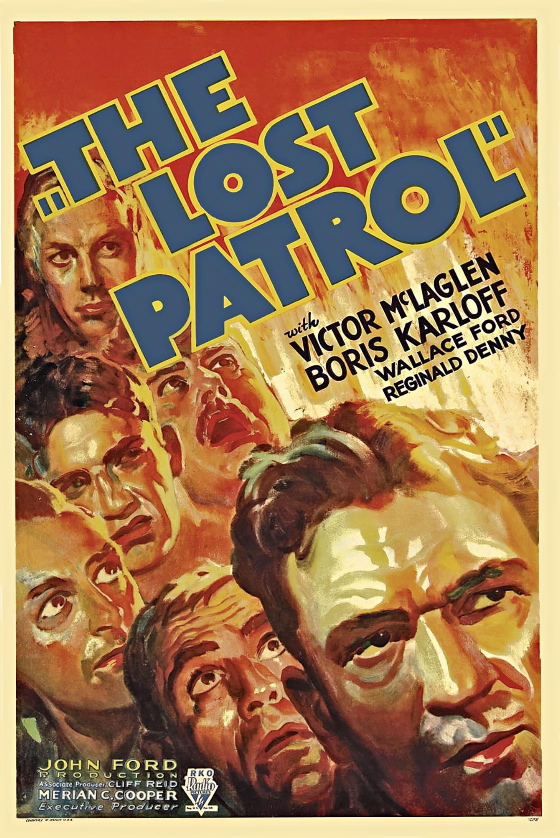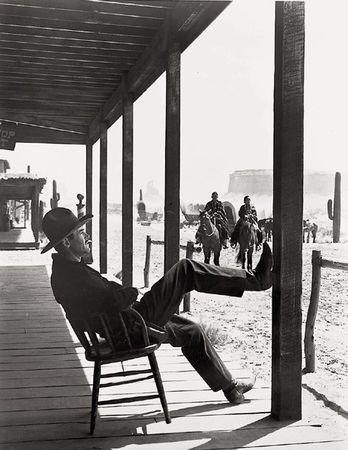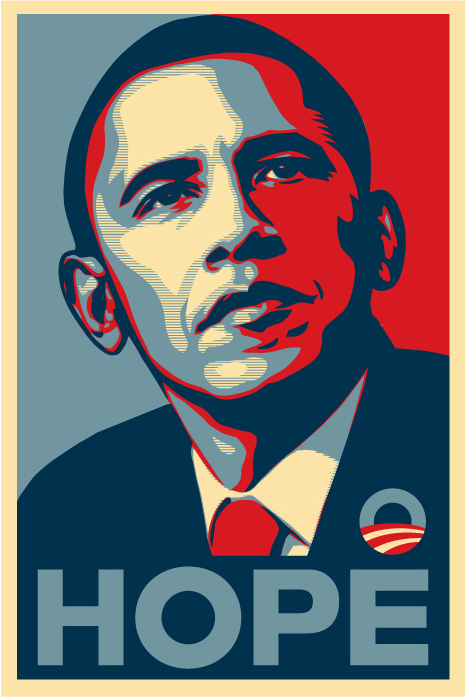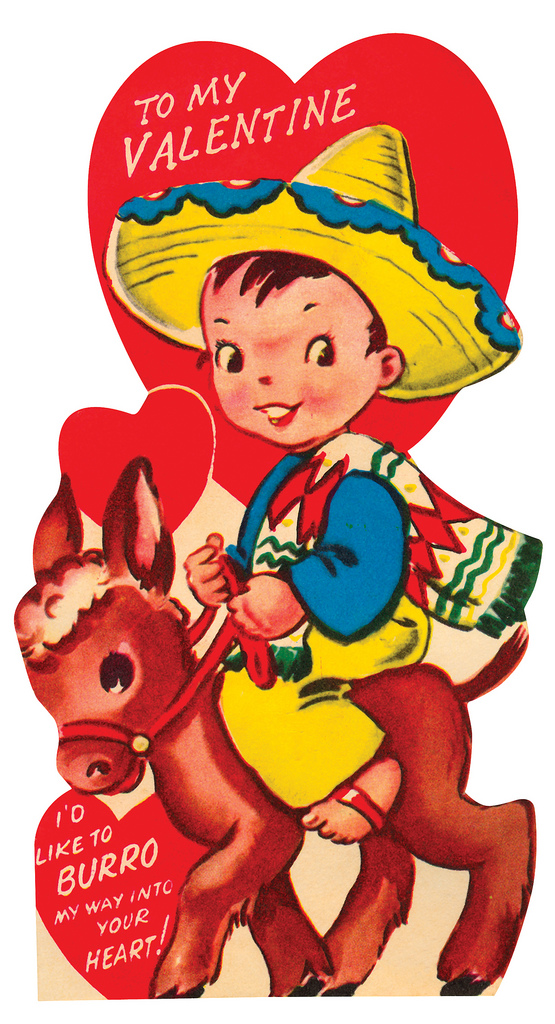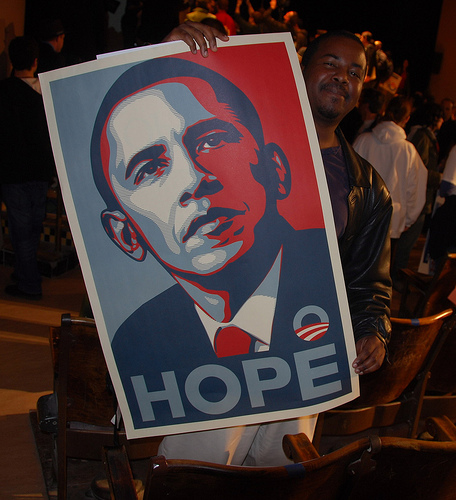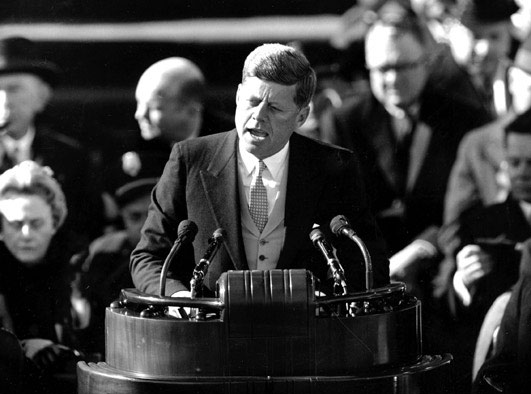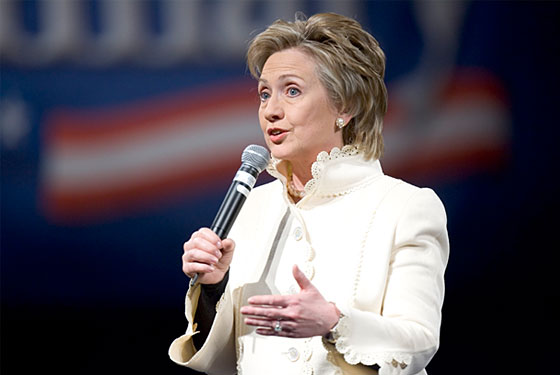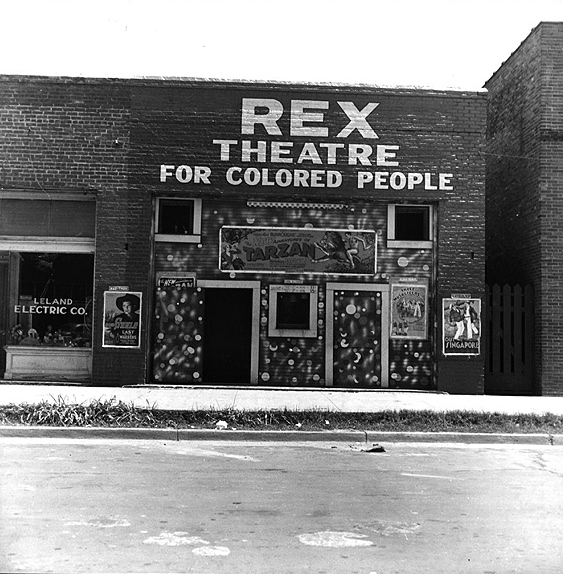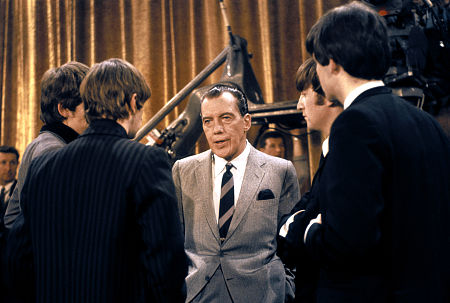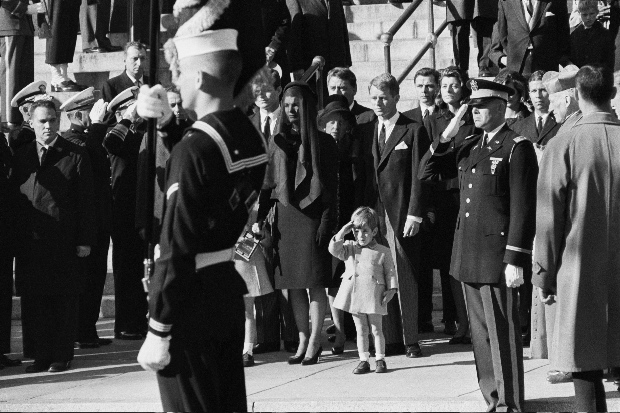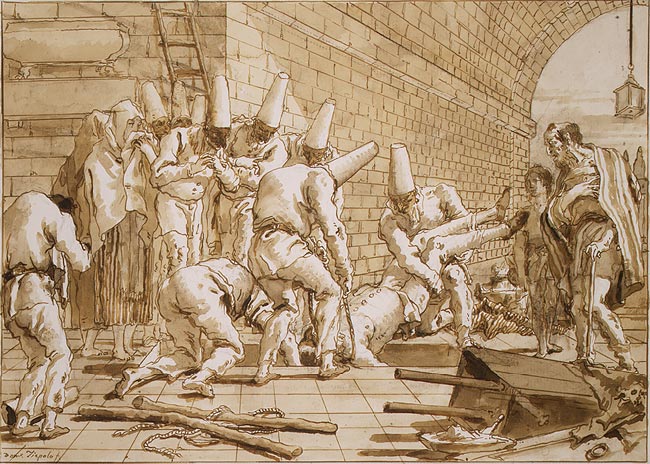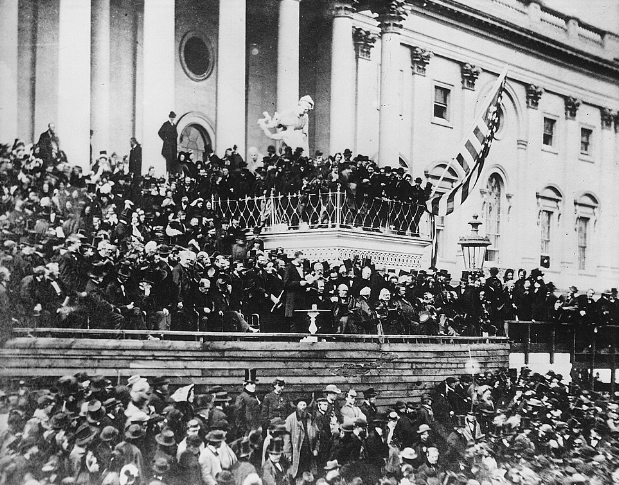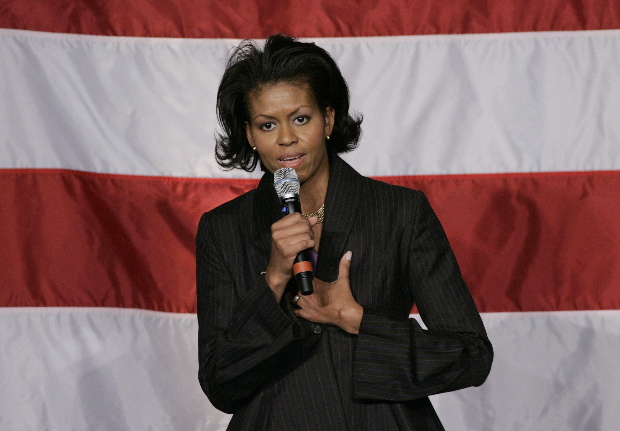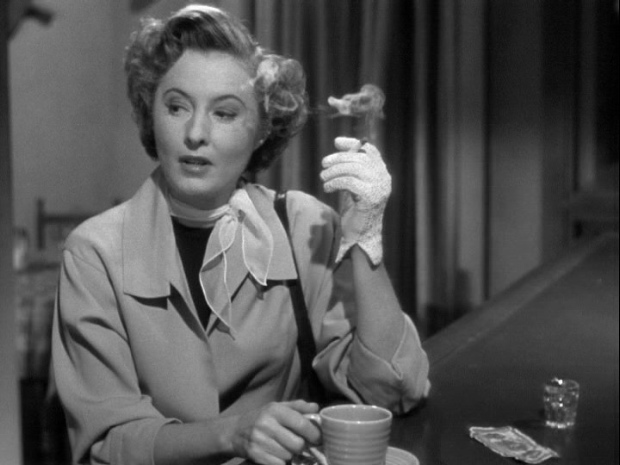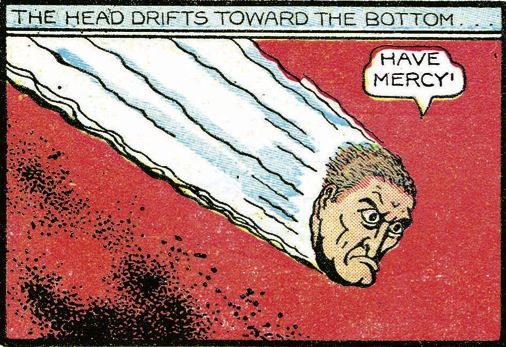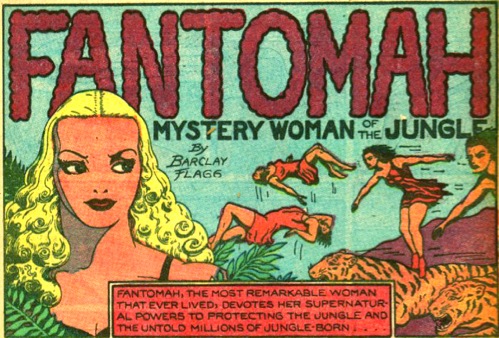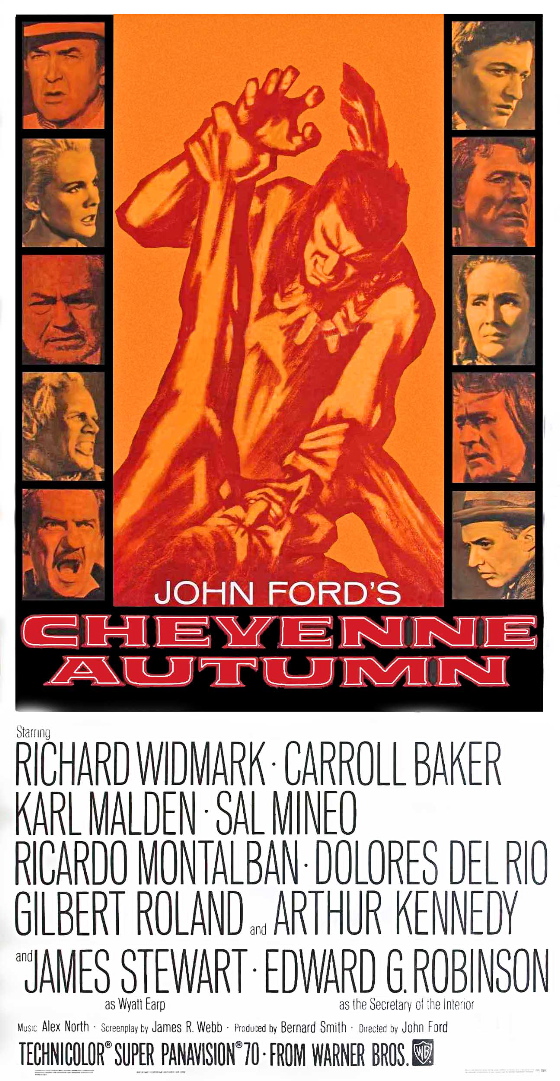
This
was the next to last feature film John Ford completed, in 1964, when he
was 69 years-old. It doesn't work as a drama, much less a
melodrama, or as a character study or as an historical epic . . . but
it's one of the most sublime visual poems in the history of movies and
a very great work of art.
It tells the once little-known story of a band of Cheyenne who, in
1879, broke out of confinement on a reservation in Indian territory,
present-day Oklahoma, and made a 1500-mile trek back to their homeland
in Montana. Pursued and harried by a succession of cavalry
expeditions, starved and near death, the band made it to its old home where
it was allowed to remain.
In his excellent commentary on the wonderful new DVD edition of the film, Ford
biographer Joseph McBride says that Ford originally intended to make Cheyenne Autumn
as a small, black-and-white film, an intimate study of the Cheyenne
pilgrims, but that he was persuaded by the studio to expand it into a
big wide-screen Technicolor extravaganza. It was, says McBride, a
“Faustian bargain” which led to a film that was neither fish nor fowl,
since Ford lost sight of the Cheyenne characters yet failed to create a
genuine epic.
This may indeed reflect the development of the project but I think it
misses the essence of the film that Ford finally made. All
of the characters in the film, both Cheyenne and white, recede into the
images, become secondary to the images. Ford doesn't lose sight
of them as dramatic personae because he has no real interest in them as
dramatic personae. They're just narrative markers that guide us
through the landscape of the film.
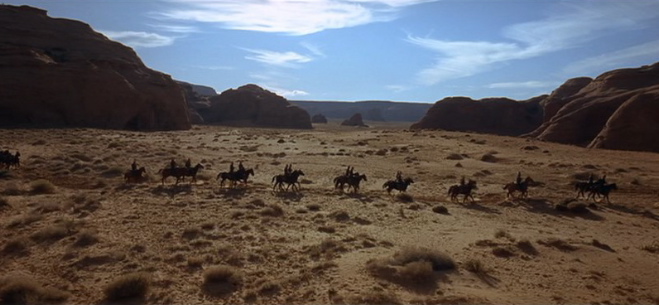
Landscape was always a character in
Ford's Westerns, a kind of Greek chorus commenting on the relative
smallness of human intention and desire. It stood in, one might
even say, for the regard of Eternity, in which human endeavor held an
insignificant place. It transformed the melodrama of his stories
into tragic
absurdity.
In Cheyenne Autumn, as in
Shakespeare's late romances, the author lost interest in the mechanics
of plot altogether, in the centrality of individual character, and became enchanted by the
mystery of his medium — the magical poetry of words, in Shakespeare's
case, and of images in Ford's. The
progress of the Cheyenne through the magnificence of the landscape, the
evolutions of mounted cavalry on the march or at the charge, fill
Ford's imagination fully — the characters dissolve into the beauty of
movement itself. They are elevated into a transcendent glory not
by the specificity of self but by their possession of space. They
are dancers, sculptures in motion.
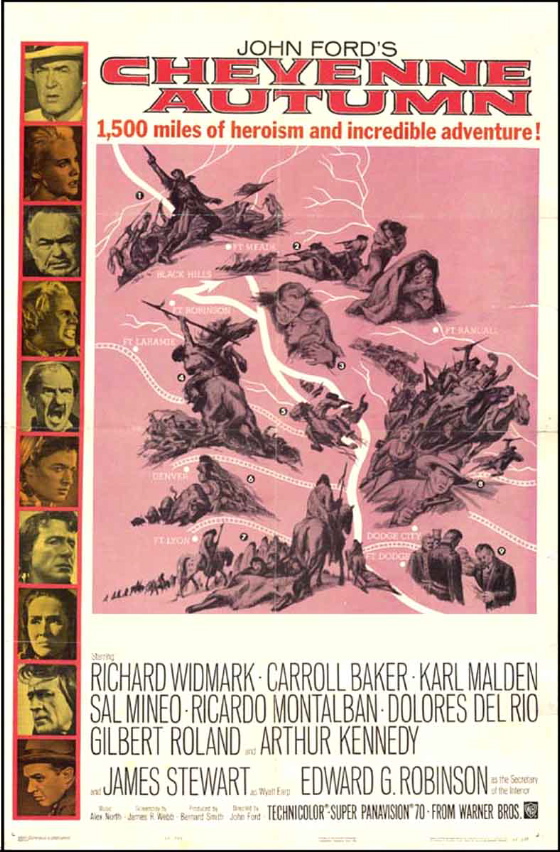
This is not an abstract vision, however, a celebration of
technique. In his old age, disillusioned with the legends of the
West he did so much to reinforce, Ford lost his faith in man's
essential goodness, or at least in that part of it related to his
will. Primal values, transcending individual human character,
were all he could believe in — the dumb urge to go home, to preserve
community, to do one's duty.
At the center of the film Ford inserted, unaccountably to many critics,
a 21-minute sequence set in Dodge City which mercilessly satirizes the
myth of the Western hero, of the frontier town. Jimmy Stewart
appears as a corrupt and cynical Wyatt Earp leading the hysterical townspeople on an
absurd pursuit of the phantom Cheyenne, who in truth are nowhere near
Dodge. The familiar narrative of the old West is deconstructed, revealed as
a tale told by an idiot, full of sound and fury, signifying nothing.
After this strange interlude, the film switches back to the story of
the Cheyenne, doing what they have to do, and the horse soldiers, doing
what they have to do. When the Cheyenne are restored to their
ancestral Eden, Ford shows us how much they have lost recovering it,
just as
he shows us how much honor the soldiers have lost in fulfilling a duty
that's been applied to a meaningless and inhuman mission.
The triumph on both sides was only in the journey, the movement, the dream — all of
which vanish in the end, as the eternal landscape looks on impassively.
The
film has a nominal “upbeat” resolution in its penultimate episode in
which
Secretary of the Interior Carl Schurz, wonderfully played by Edward G.
Robinson, goes to visit the escaped Cheyenne in Montana and promises to
help them stay there. This scene, oddly, is shot against
cheesy-looking back-projections — such a radical violation of the look
of the rest of the film that it almost seems deliberately surreal . . .
as though Ford was asking us not to take this superficial “climax” too
seriously. Perhaps it can be compared to the improbable events
that “resolve” the narrative of Shakespeare's The Winter's Tale,
in which the playwright seems to be asking us to laugh with him at the
conventions of the stage — to remind us that the true heart of his
work lies elsewhere.
